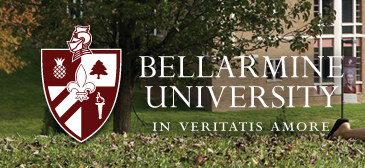Date of Project
5-1-2024
Document Type
Honors Thesis
School Name
College of Arts and Sciences
Department
Biology
Major Advisor
Dr. Daniel Golemboski
Second Advisor
Dr. Carrie Doyle
Abstract
As the ever-increasing issue of antibiotic resistance looms, naturally derived compounds have been increasingly investigated as possible synergists with antibiotics. One of these compounds, capsaicin, is a potent vanilloid that is the dominant cause of Capsicum peppers’ spiciness. Capsaicin’s intrinsic ability to inhibit a wide array of bacterial growth has been well documented. The focal organism of this study, Acinetobacter baumannii, has become an increasingly common hospital acquired infection due to its persistence on fomites. Capsaicin, however, is able to inhibit this growth at higher concentrations as well as reduce the necessary minimum inhibitory concentration while decreasing biofilm formation (p < 0.0001). Since capsaicin is a porin and efflux pump inhibitor, the postulated operative mechanism is antibiotics may enter the outer membrane through porins but cannot escape via OmpA, so biofilm formation is inhibited, and structural integrity of the cell is hindered.
Recommended Citation
Guffey, Jack, "Investigating the Antibacterial Properties of Capsaicin in Synergy with Antibiotics Against A. baumannii" (2024). Undergraduate Theses. 145.
https://scholarworks.bellarmine.edu/ugrad_theses/145
Included in
Alternative and Complementary Medicine Commons, Bacterial Infections and Mycoses Commons, Other Chemicals and Drugs Commons
